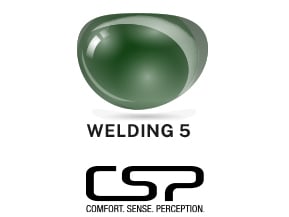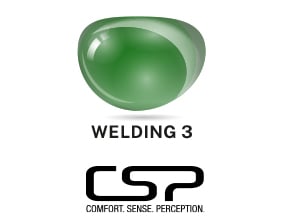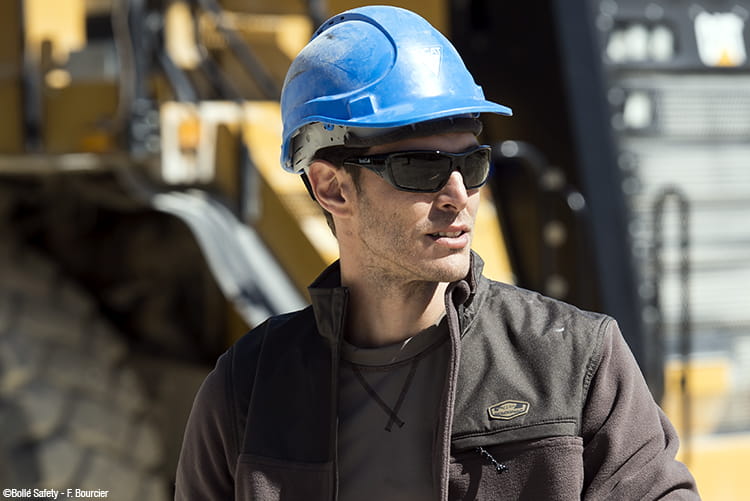
TRACKER
Welding 5
Welding
Tint base : Green welding shade
% Visible Light Trans. : 2%
- For welding-brazing and oxy-cutting.
- Protects from UV and infrared radiations.
- Adapted to gas welding and oxygen cutting.

Welding 3
Welding
Tint base : Green welding shade
% Visible Light Trans. : 13%
- For grinding and welding-brazing.
- Protects from UV and infrared radiation
- Adapted to light cutting.

Welding 3
Welding
Tint base : Green welding shade
% Visible Light Trans. : 13%
- For grinding and welding-brazing.
- Protects from UV and infrared radiation
- Adapted to light cutting.

Welding 5
Welding
Tint base : Green welding shade
% Visible Light Trans. : 2%
- For welding-brazing and oxy-cutting.
- Protects from UV and infrared radiations.
- Adapted to gas welding and oxygen cutting.

I
3
I
Medium energy impact, resists a 6 mm, ball at 45 m/s.
3
Outdoor use, tinted, visible light filtration.
AS/NZS 1337.1
AS/NZS 1337.1
Product had been tested and approved to Australian standards.

BROADENED
VISION
Our eyes are fragile and our workplaces are becoming increasingly hazardous. Measures can and should be taken to reduce hazards in the workplace. However, to provide workers with the highest levels of safety at all times, employers must demand the appropriate forms of eye protection for the specific hazards of the workplace.





